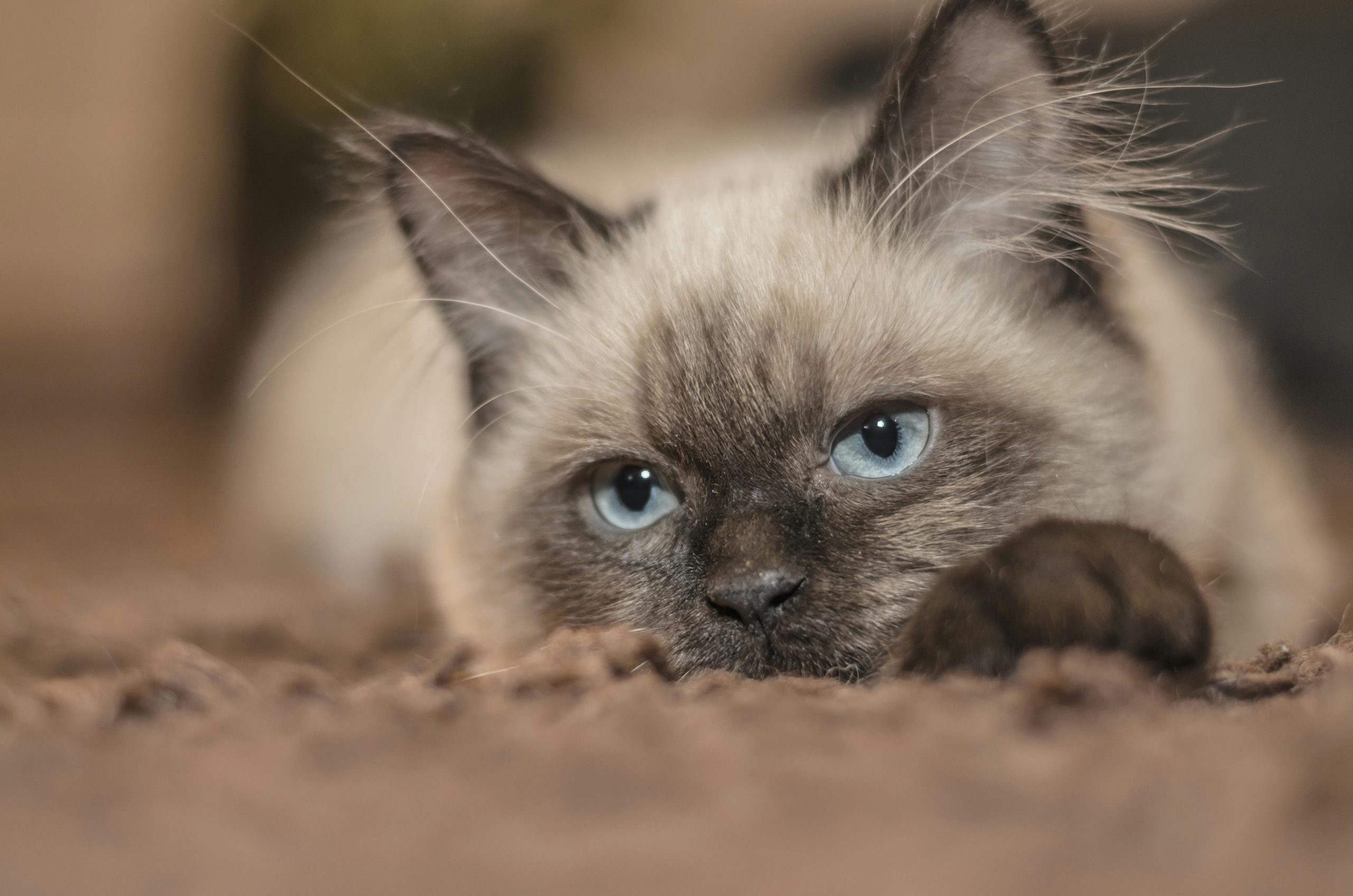1. Texture and Palatability
Cats are known for their preference for moist and meaty foods. The texture and palatability of wet food often appeal more to their natural instincts as obligate carnivores. Here are some reasons why your cat may cry for wet food even when they have dry food available:
- Enhanced aroma and taste: Wet food has a stronger aroma and richer flavor compared to dry food, which can be more enticing for your cat.
- Natural moisture content: Cats have a low thirst drive and rely on their food to meet their hydration needs. Wet food contains higher water content, which can be more satisfying and hydrating for your cat.
- Preference for fresh food: Cats are more likely to associate wet food with freshness, as it resembles the texture and consistency of prey in the wild.

2. Nutritional Considerations
While wet food may be more appealing to your cat, it’s important to ensure that their nutritional needs are being met. Dry food offers several advantages in terms of nutrition and dental health. Here are some key factors to consider:
- Complete and balanced nutrition: Both wet and dry cat foods can provide complete and balanced nutrition when formulated to meet the necessary dietary requirements.
- Dental health benefits: Dry food can help promote dental health by mechanically removing plaque and tartar buildup as cats chew on the kibble.
- Caloric density: Wet food tends to have higher caloric density compared to dry food, which means that cats may require smaller portions to meet their energy needs.
It’s essential to consult with your veterinarian to determine the appropriate balance between wet and dry food based on your cat’s specific nutritional needs.
3. Feeding Preferences and Habits
Cats can develop feeding preferences and habits, and their crying for wet food may be a learned behavior. Here are some reasons why your cat may persistently cry for wet food:
- Prioritizing variety: Cats may enjoy the novelty of different textures and flavors that wet food offers, leading them to prefer it over dry food.
- Past reinforcement: If your cat has received wet food as a treat or in response to their meowing in the past, they may have learned that crying results in a reward.
- Mealtime routine: If your cat is accustomed to being served wet food during certain times of the day, they may cry for it when that expected mealtime arrives.

To address your cat’s crying for wet food, you can try the following strategies:
- Gradual transition: Introduce a mix of wet and dry food to gradually transition your cat to a diet that includes both textures.
- Food puzzles and interactive feeders: Use food puzzles or interactive feeders to provide mental stimulation and slow down your cat’s eating pace, regardless of the food texture.
- Positive reinforcement: Reward your cat’s good behavior, such as being calm during mealtime, with praise or small treats.
4. Medical Considerations
In some cases, persistent crying for wet food may be indicative of an underlying medical issue. It’s important to rule out any health problems that could be causing your cat’s behavior. Here are some potential medical considerations:
- Dental problems: Cats with dental issues may find it painful to eat dry food and prefer the softer texture of wet food.
- Gastrointestinal sensitivities: Cats with digestive sensitivities or inflammatory bowel disease may find wet food easier to digest.
- Systemic illnesses: Certain systemic illnesses can affect a cat’s appetite and food preferences.
If your cat’s crying for wet food is accompanied by other concerning symptoms or changes in behavior, it’s crucial to consult with a veterinarian for a thorough examination and appropriate diagnostic tests.

5. Individual Cat Preferences
Ultimately, every cat is an individual with their own unique preferences and tastes. Some cats may simplyprefer wet food over dry food, regardless of the reasons mentioned above. It’s important to consider your cat’s individual preferences and find a balance that meets their nutritional needs while also satisfying their taste preferences. Here are some additional tips to keep in mind:
- Food quality: Ensure that both the wet and dry cat food you provide are of high quality and meet the necessary nutritional standards.
- Mealtime environment: Create a calm and comfortable environment during mealtime to reduce any potential stress or anxiety that may affect your cat’s eating habits.
- Monitoring portion sizes: Follow the feeding guidelines provided by the cat food manufacturer and monitor your cat’s weight and body condition to prevent overfeeding.
- Food temperature: Some cats may prefer their wet food to be slightly warmed, so you can try heating it for a few seconds in the microwave (be sure to check the temperature before serving).

Conclusion
Understanding why your cat keeps crying for wet food while having dry food available involves considering their natural instincts, nutritional needs, feeding preferences, and potential medical issues. While wet food may be more appealing to cats in terms of taste and texture, it’s important to ensure a balanced diet that meets their nutritional requirements. By providing a mix of wet and dry food, gradually transitioning their diet, and addressing any underlying medical issues, you can help satisfy your cat’s preferences while promoting their overall health and well-being.
Leave a Reply